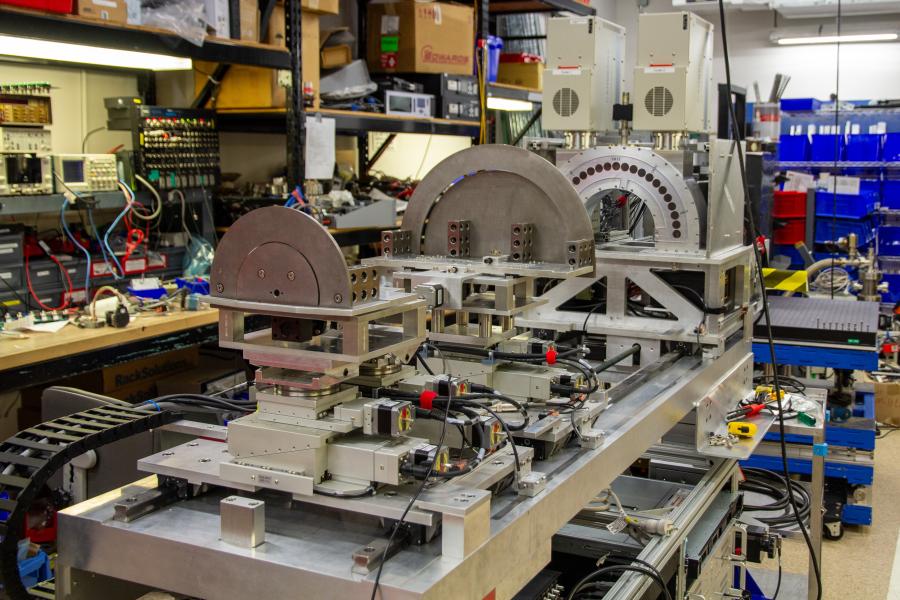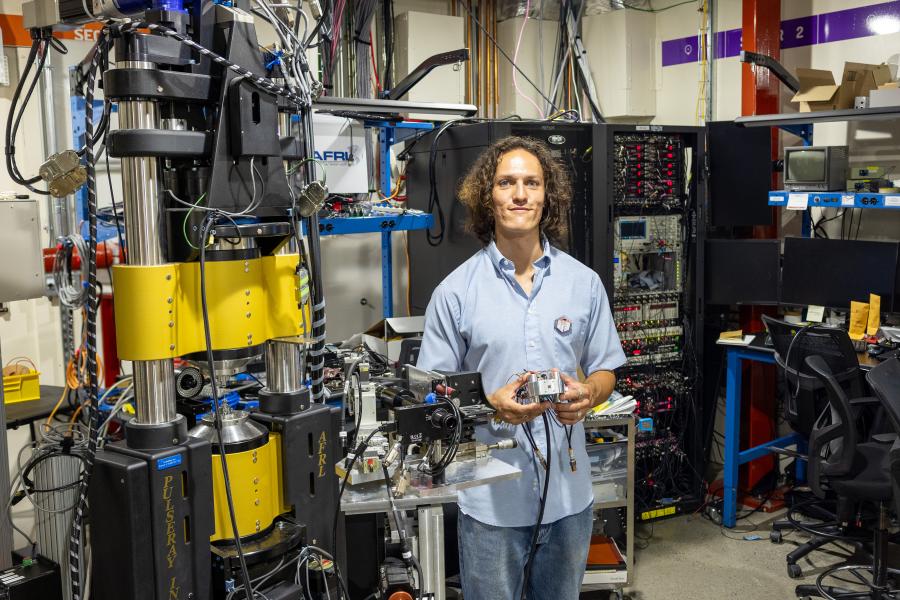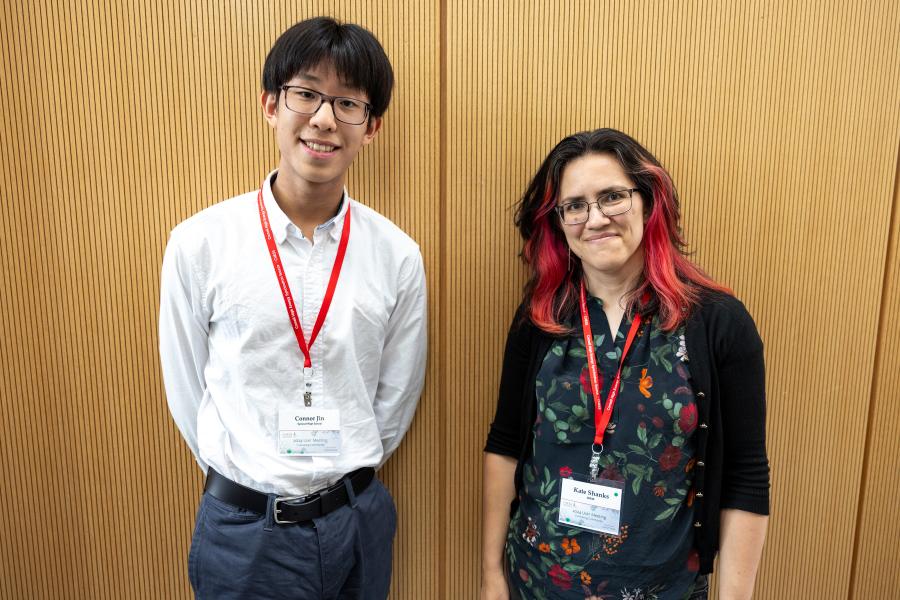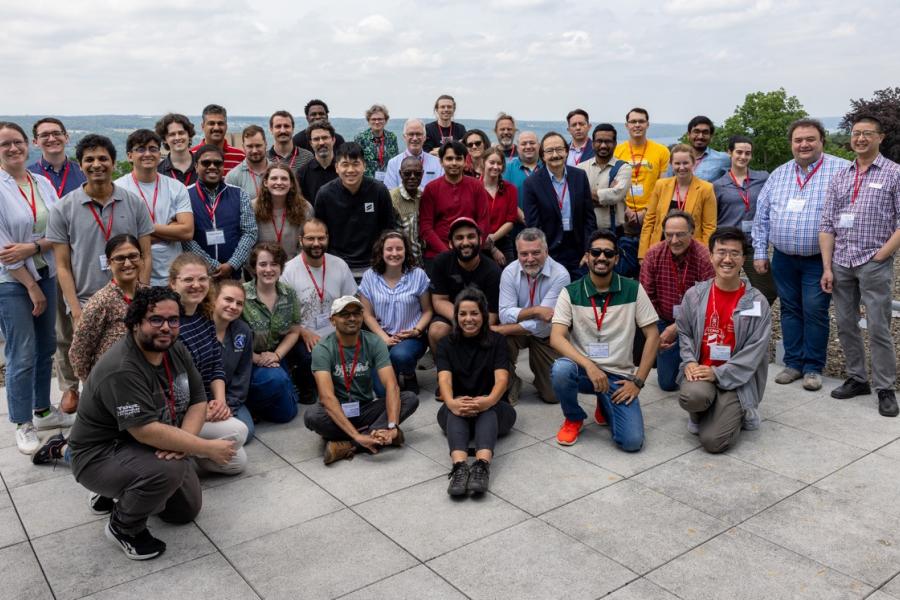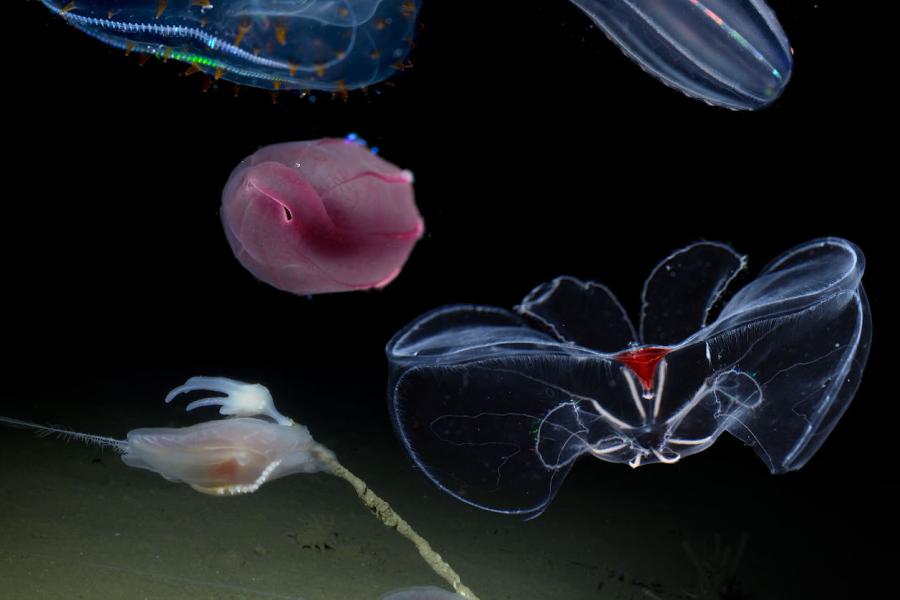Sidebar Menu (View Pages)
- Status
- ⌃ Science
- ⌃ Users
- ⌃ Facilities
- ⌃ Public
- Industry
- ⌃ About
Tags
Featured
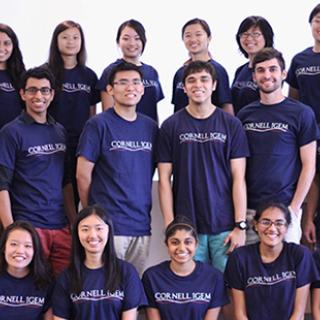
CHESS user fights fish disease
Michelle Zhang, an undergraduate student in biological and environmental engineering, and a frequent user at the CHESS Sample Environment Lab, was part of the Cornell iGEM team in this year’s competition.
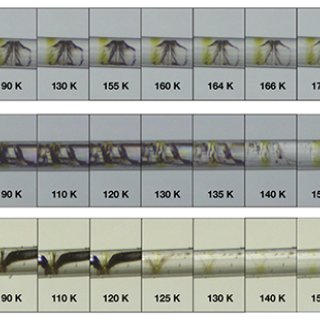
X-ray probes glass-to-liquid transitions in water at cryogenic temperatures
Water has an unusual property at cryogenic temperatures; it becomes randomly arranged in a way similar to glass. This property, known as the amorphous state, is important in X-ray crystallography because protein crystals need to be maintained at low temperatures without having its lattice disrupted by crystalline ice.
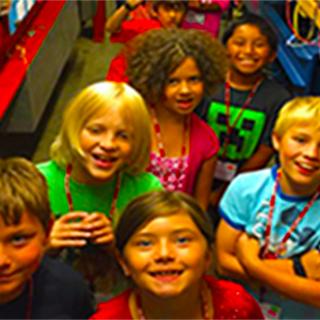
A guest's perspective on outreach
The second week in August was a busy and productive week at Cornell University. Students from throughout the region traveled to campus to spend two days creating, building, teaming, designing, reflecting, learning, touring, asking questions and being junior engineers as part of the Cornell Summer Science Snapshot program.
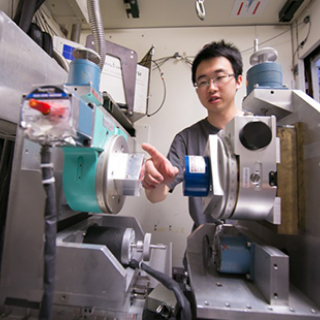
Cornell synchrotron begins two-month X-ray run, receives mechanical upgrades
From last Wednesday to Dec. 8, the Cornell High Energy Synchrotron Source (CHESS), also known affectionately as the “world’s coolest microscope” by CHESS Director Prof. Joel Brock, applied and engineering physics, will be holding a scheduled x-ray run for users around the nation.
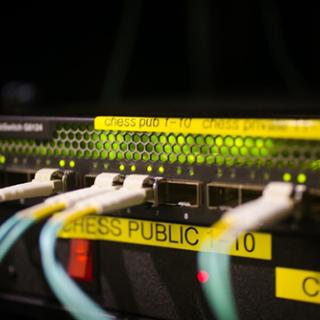
Argonne group sets record for largest x-ray dataset ever at CHESS
Station A2 this week is testing the boundaries of data acquisition, storage and retrieval here at the Cornell High Energy Synchrotron Source (CHESS) and the results are terabytes!
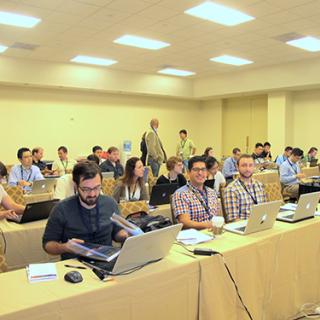
MacCHESS runs ACA course on small angle scattering
Following the successful BioSAS training workshop held at the 2013 American Crystallographic Association annual meeting, the ACA approved a new proposal from MacCHESS for a small-angle scattering workshop bringing together experts in both biology and soft matter.
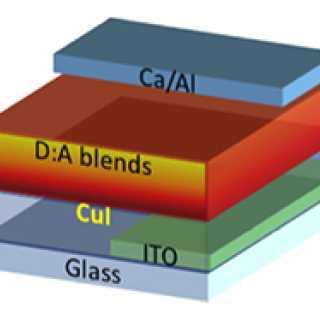
KAUST group discovers new copper iodide material to ease fabrication of highly efficient organic solar cells
Making commercially viable electronics out of organic materials is an ongoing challenge for chemists and materials scientists everywhere.
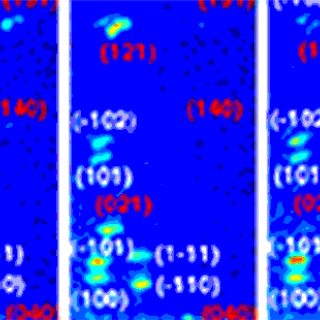
Princeton group tests role of structure on organic electronic thin film properties through reversible control of crystalline phase
A key challenge of discovering and engineering novel organic-film devices is understanding how the complex interplay between crystalline structure, orientation, and molecular packing determines the electronic properties of these thin films.

